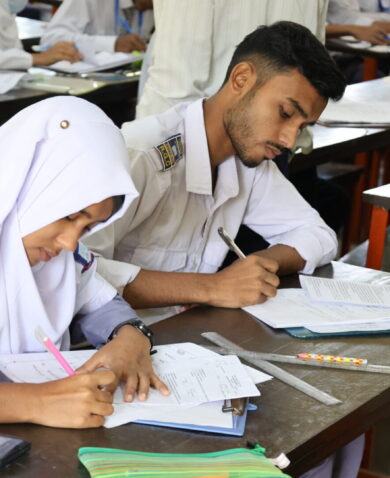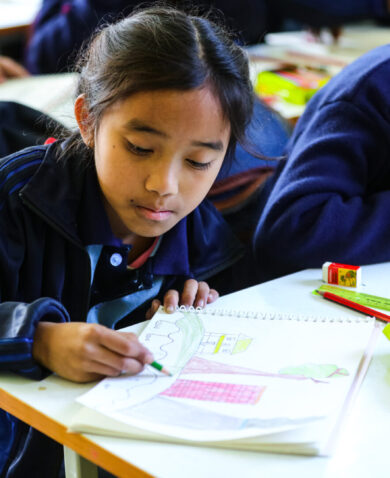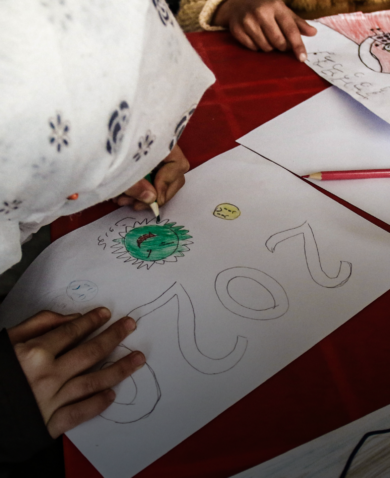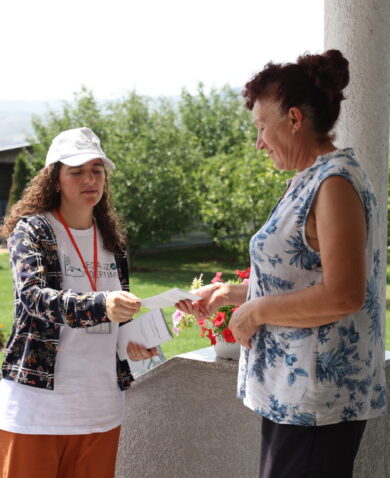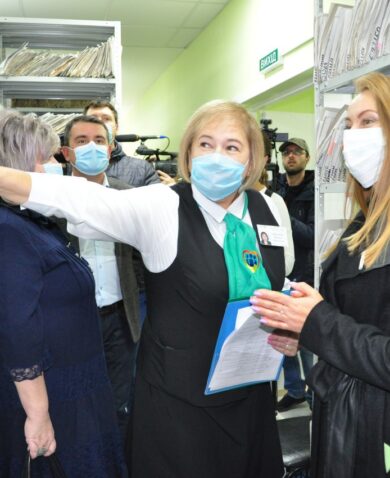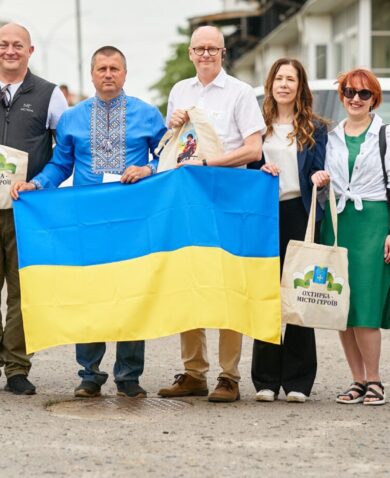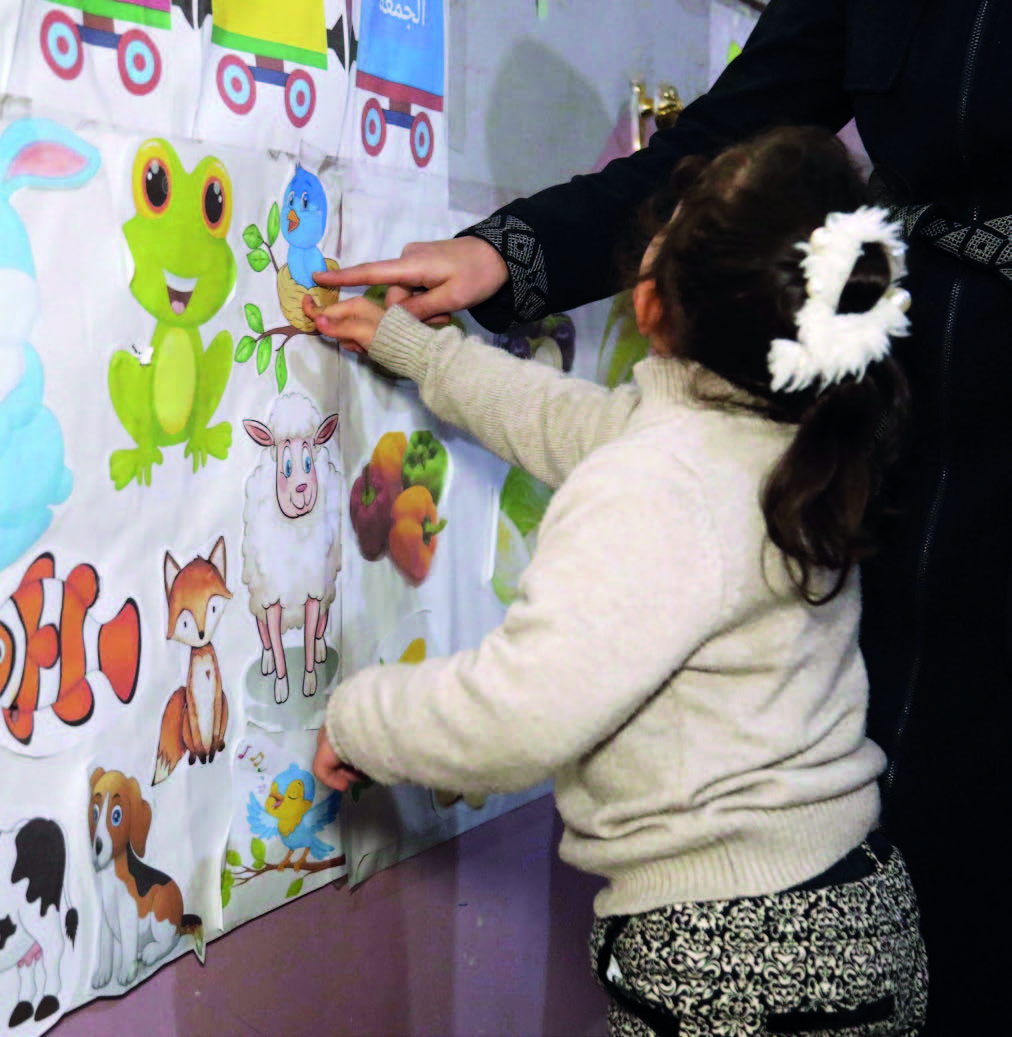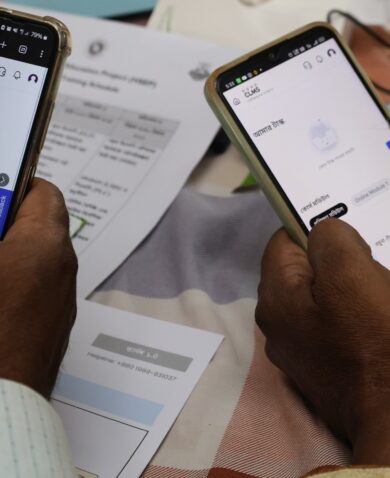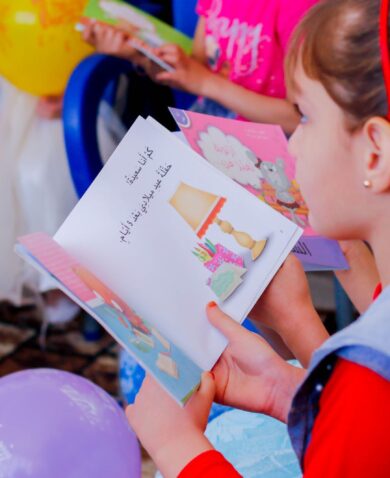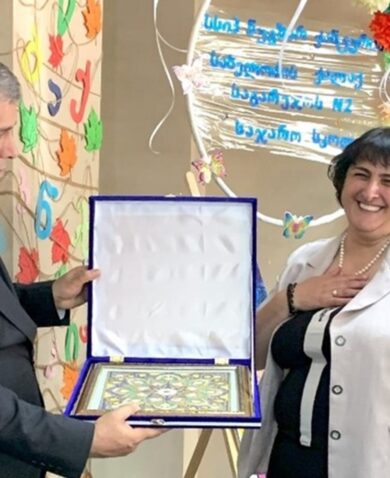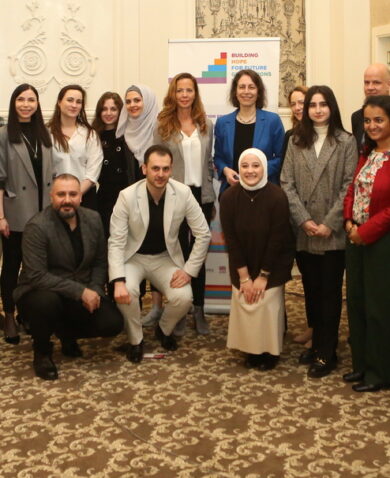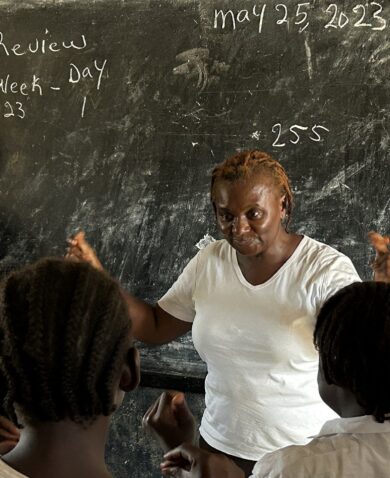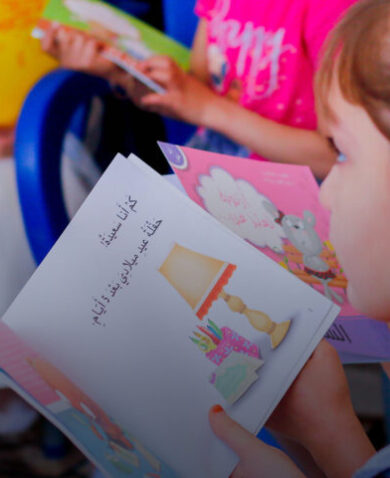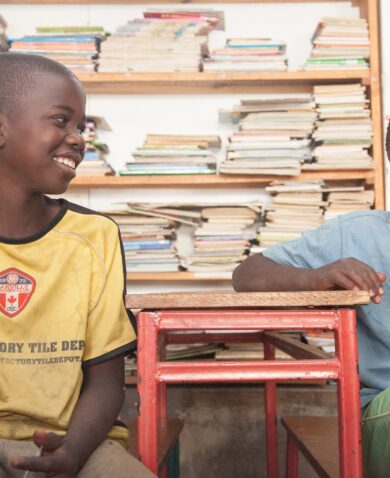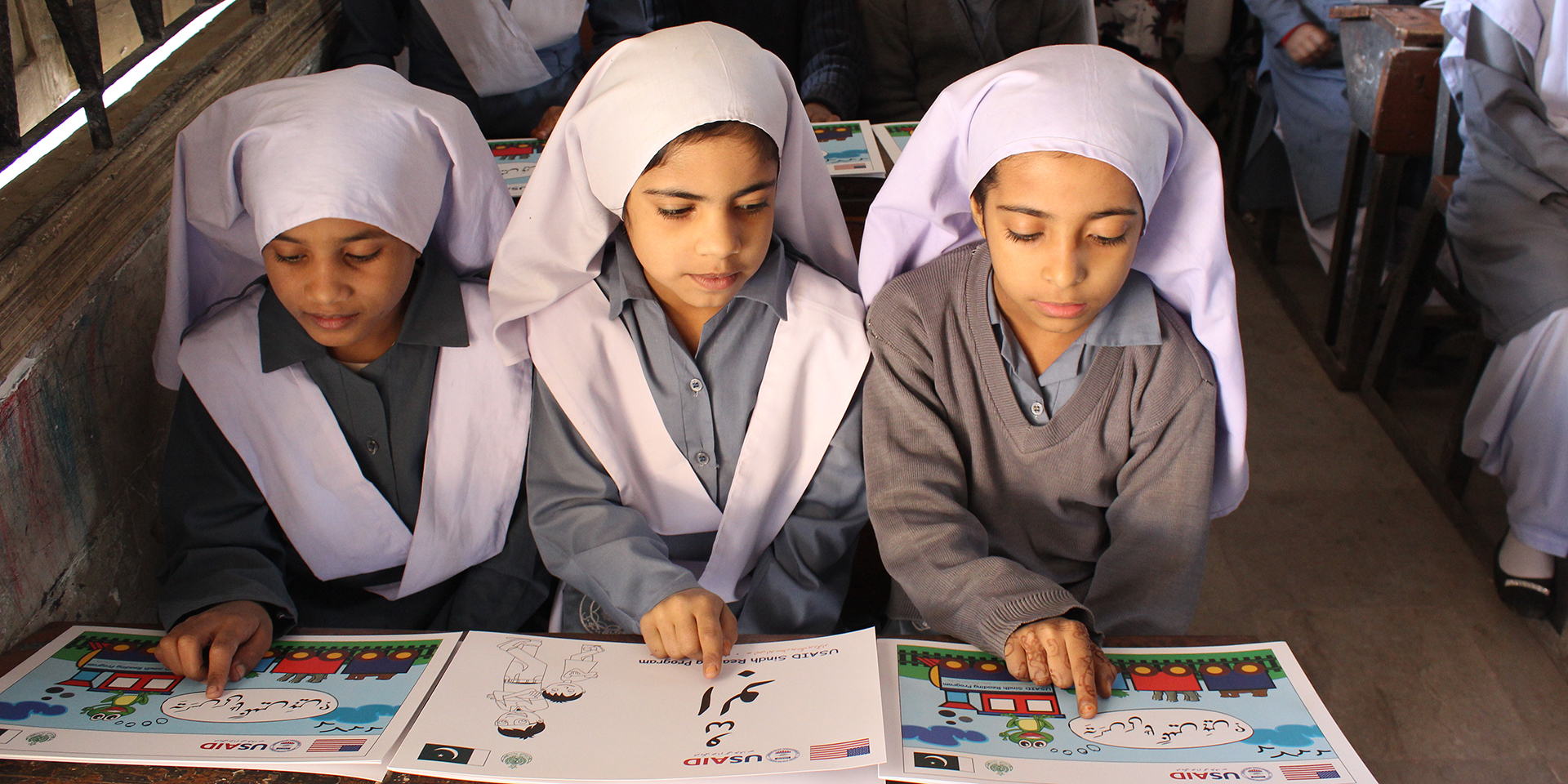
Radical Transparency: 3 Benefits of Formative Assessment in Promoting Student Learning
March 7, 2016 | 3 Minute ReadSarah Grausz and Nikita Soman share three benefits of investing in formative assessments when it comes to early grade reading based on experiences in Georgia and Pakistan.
Education is a fundamental building block for human development and a vital precursor for a country’s overall growth and advancement. When countries prioritize the provision of high-quality primary education, they experience long-term positive correlations in workforce development, economic growth, life expectancy, and democracy and governance processes. USAID’s Education Strategy reflects this fact through a strong commitment to improving early grade reading skills for 100 million children in primary grades through enhanced teaching techniques and learning materials. While implementing USAID early grade reading programs, Chemonics has been monitoring incremental shifts in student learning using formative assessments.
Formative assessments measure different reading skills periodically throughout the school term and help teachers track individual students’ progress. In countries where we have introduced the approach, formative assessments have begun to offer education departments periodic, reliable data about students’ achievements. This data has helped us to demonstrate the impact of project activities at the classroom level, but also sparked greater dialogue among local teachers and parents about individual students’ performance as measured against reading standards. As we have only introduced this tool to Pakistan and Georgia in the last couple of years, its full potential has yet to be realized. However, we want to share some initial reflections on how the use of formative assessment in our programs is shaping the learning process.
1. Addressing Gaps in Current Education Programming
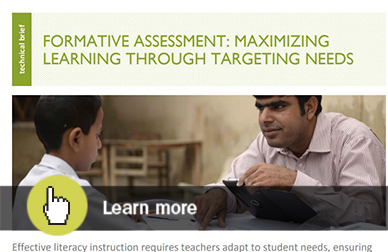
Formative assessments track student learning, including in areas where they are excelling or struggling. The assessment data provides targeted feedback to instructors so that they can adapt their teaching methods to meet students’ individual learning needs. It also helps students identify their own strengths and weaknesses, and provides a continuous feedback mechanism between teachers and students. This type of continuous feedback is absent from many developing country education systems, where large class sizes, ill-equipped teachers, and outdated curricula hamper efforts to differentiate instruction for learners at different reading levels. The Sindh Reading Program is addressing this gap in Pakistan by promoting the use of monthly formative reading assessments that are linked to progressive curricular goals. The assessments are administered by trained reading coaches, using tablets. This approach is intended to provide teachers, school leaders, and government officials with real-time data about student achievements and areas for adaptation.
2. Encouraging Innovation in Teacher Training and Professional Development Strategies
Research shows that information derived from formative assessments can help teachers respond better to students’ needs, provided that teachers are able to interpret the data and have the support needed to adjust their teaching practice toward more differentiated instruction. To incorporate the data from formative assessments back into teacher coaching and training, the Georgia Primary Education project uses teacher learning circles as a peer-to-peer learning opportunity through which TLC facilitators guide teachers through discussions and reflections on applying improved teaching practices in the classroom. Teacher learning circle facilitators are then equipped with video modules demonstrating best practices in the use of formative assessments and differentiated instruction. The videos serve as a basis for early grade teachers to digest the data and adapt their instruction to the assessment results. In Sindh, Teaching and Learning Associates conduct formative assessments and also serve as teacher coaches, reviewing and discussing assessment results with teachers on the day that they are collected. This support and scaffolding expands teacher capacity to internalize assessment results and them use them to adapt their instruction towards student needs.
3. Redefining the Role of Assessments
When implemented effectively, formative assessments in other countries have produced an effect size of 0.4 to 0.7 points on students’ learning gains. This is according to Black and William’s 1998 review of rigorous quantitative studies among the largest-ever effect size identified for educational interventions. Formative assessments are especially impactful for struggling learners. By using frequent tests as an improvement tool rather than a measure of success or failure, formative assessment fosters a healthy relationship between students and assessment, boosts student confidence, and makes learning more interactive.
Good teaching is not simply defined by what teachers do but by what students learn and can demonstrate as a result. Formative assessments place student learning at the center of teacher practice, offering an important yardstick for teachers, parents, and administrators to measure performance, offer differentiated instruction, and provide an educational safety net to support struggling learners. We look forward to generating and sharing evidence of integrating formative assessment practices into standard pedagogy in countries like Pakistan and Georgia and the resulting impact on student learning.
To learn more about formative assessments, attend Sarah’s presentation at the 2016 Comparative and International Education Society Conference, “Radical Transparency: The Role of Formative Assessments in Student Learning in Sindh,” 8 – 9:30 a.m., March 9, 2016.



